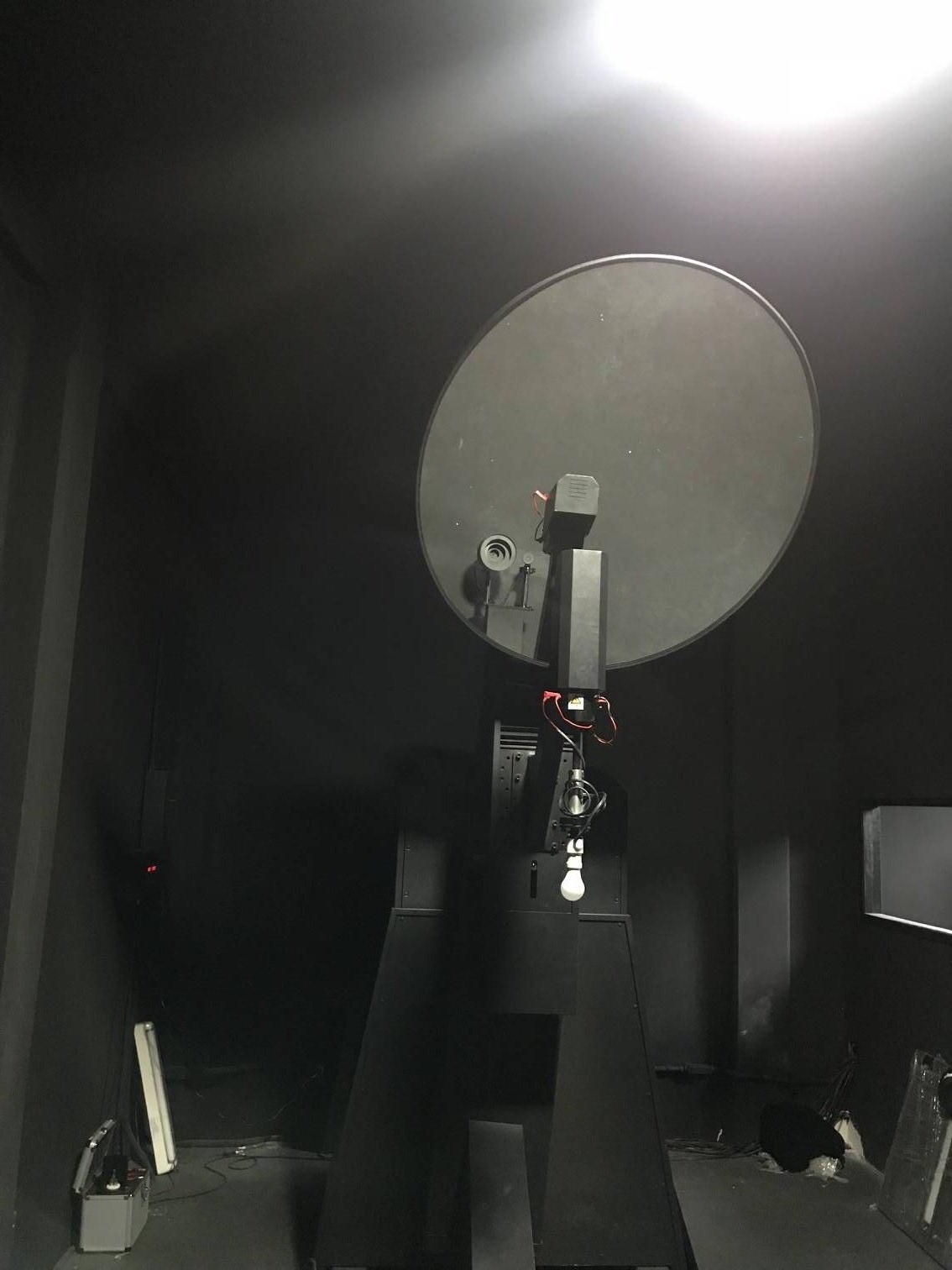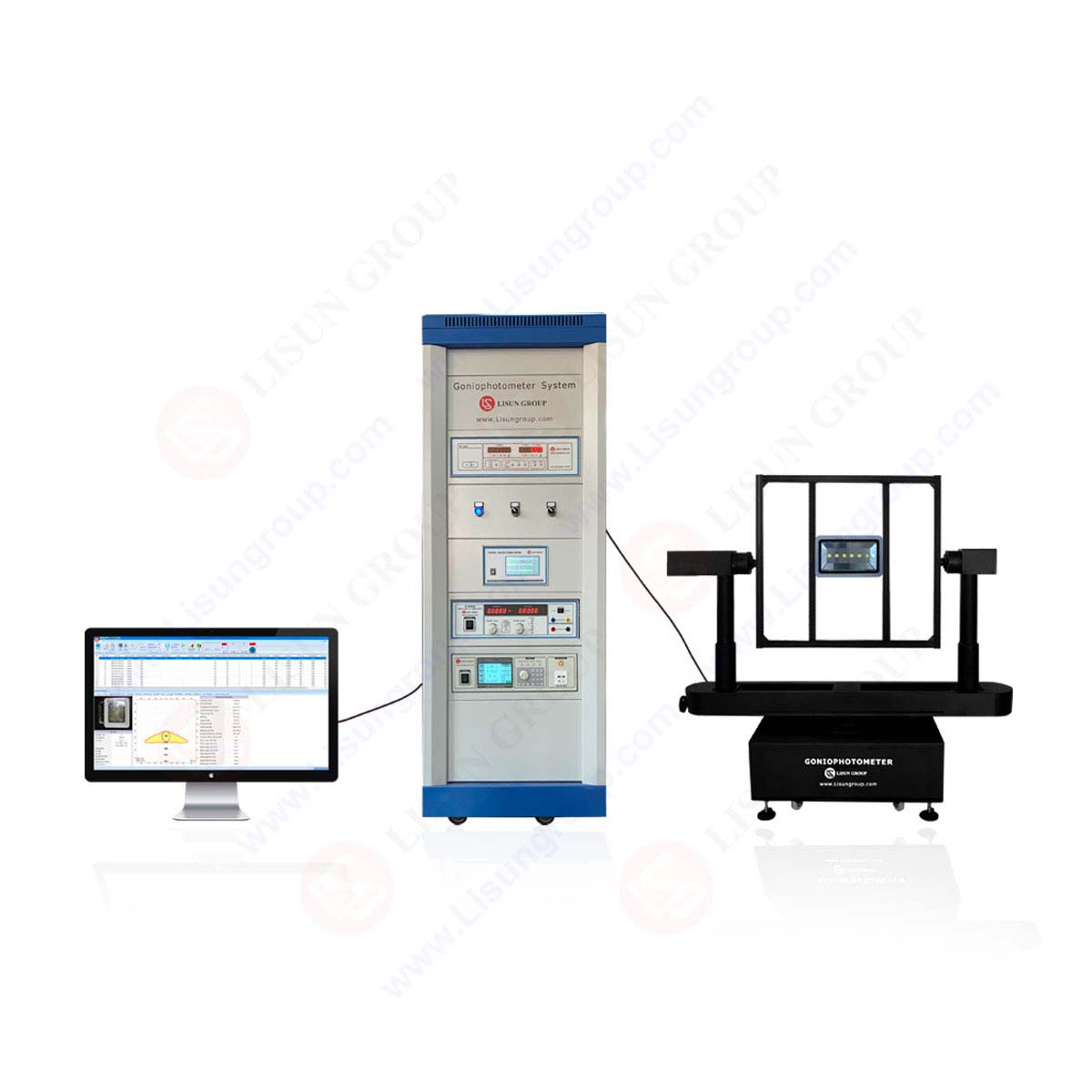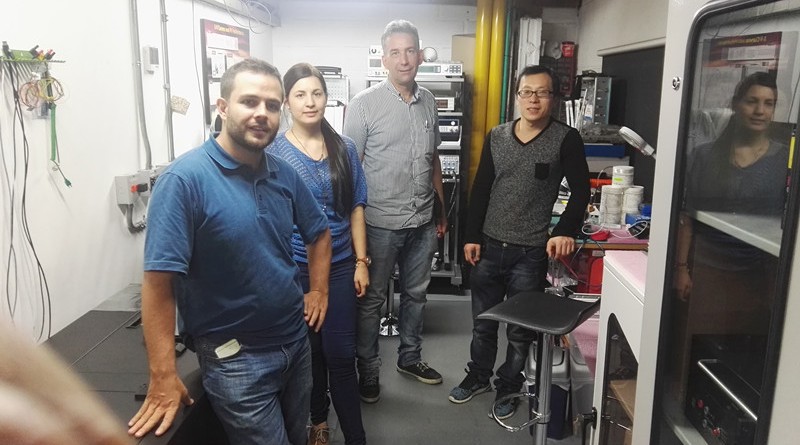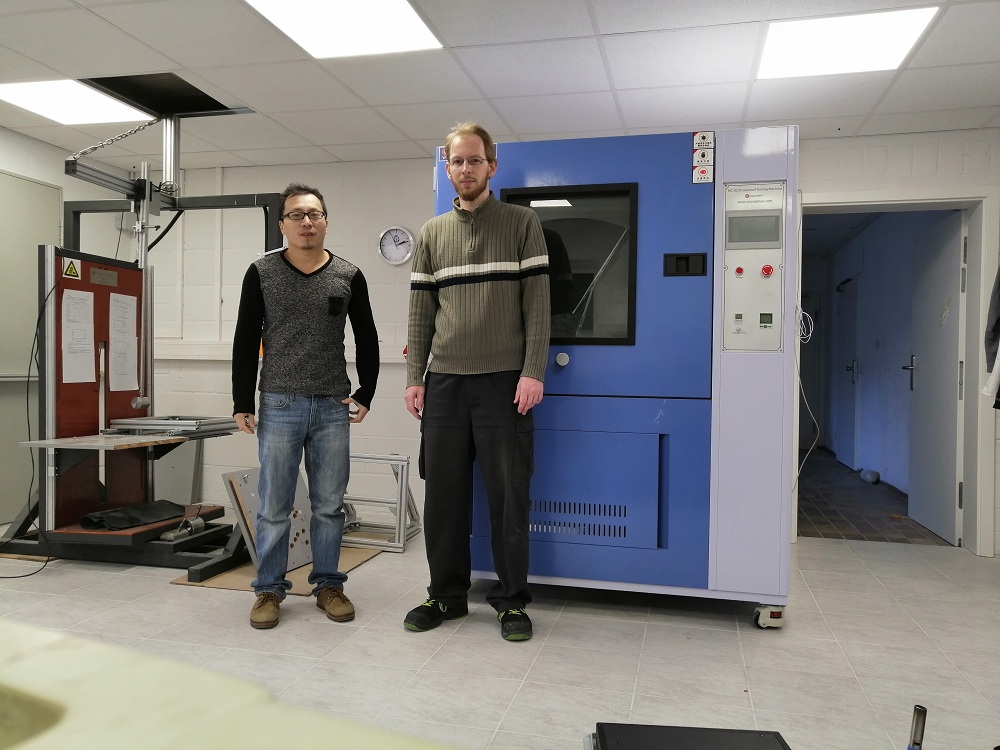Visible-region spectrophotometer
Today, the most commonly used instruments for measuring color are spectrophotometers. Spectro technology measures reflected or transmitted light at many points on the visual spectrum, which results in a curve.
Since the curve of each color is as unique as a signature or fingerprint, the curve is an excellent tool for identifying, specifying and matching color.
Visible region 400-700nm spectrophotometry is used extensively in colorimetry science. Ink manufacturers, printing companies, textiles vendors, and many more, need the data provided through colorimetry. They usually take readings every 10 nanometers along the visible region, and produce a spectral reflectance curve. These curves can be used to test a new batch of colorant to check if it makes a match to specifications. Traditional visual region spectrophotometer cannot detect if a colorant has fluorescence. This can make it impossible to manage color issues if one or more of the printing inks is fluorescent. Where a colorant contains fluorescence, a bi-spectral fluorescent spectrophotometer is used. There are two major setups for visual spectrum spectrophotometers, d/8 or spherical and 0/45. The names are due to the geometry of the light source, observer and interior of the measurement chamber. Each has its own advantages and disadvantages, but the spherical is a better match to the human eye for most substrates
Spherical based instruments
Spherically based instrument have played a major roll in formulation systems for nearly 50 years. Most are capable of including the “specular component” (gloss) while measuring. By opening a small trap door in the integrating sphere, the “specula component” is excluded from the measurement. In most cases, databases for color formulation are more accurate when this components a part of the measurement.
Spheres are also the instrument of choice when the sample is textured, rough, or irregular or approaches the brilliance of a first surface mirror. Textile manufacturers, makers of roofing tiles or acoustic ceiling materials would all likely select spheres as the right tool for the job.
0/45 (or 45/0)
No instrument “sees” color more like the human eye than the 0/45. This simply is because a viewer does everything in his or her power to exclude the “specular component” (gloss) when judging color.
When we look at pictures in a glossy magazine, we arrange ourselves so that the gloss does not reflect back to the eye. A 0/45 instrument, more effectively than any other, will remove gloss from the measurement and measure the appearance of the sample exactly as the human eye would see it.
Multi-Angle
In the past 10 or so years, car makers have experimented with special effect colors. They use special additives such as mica, pearlescent materials, ground up seashells, microscopically coated colored pigments and interference pigments to produce different colors at different angles of view. Large and expensive goniometers were traditionally used to measure these colors until X-Rite introduced a battery-powered, hand-held, multi-angle instrument. X-Rite portable multi-angle instruments are used by most auto makers and their colorant supply chain, worldwide.
Colorimeters are not spectrophotometers ( Colorimeter Spectrophotometer ). Colorimeters are tristimulus (three-filtered) devices that make use of red, green, and blue filters that emulate the response of the human eye to light and color. In some quality control applications, these tools represent the lowest cost answer. Colorimeters cannot compensate for metamerism (a shift in the appearance of a sample due to the light used to illuminate the surface). As colorimeters use a single type of light (such as incandescent or pulsed xenon) and because they do not record the spectral reflectance of the media, they cannot predict this shift. Spectrophotometers can compensate for this shift, making spectrophotometers a superior choice for accurate, repeatable color measurement.
Tags:Colorimeter , Spectrophotometer
 中文简体
中文简体





